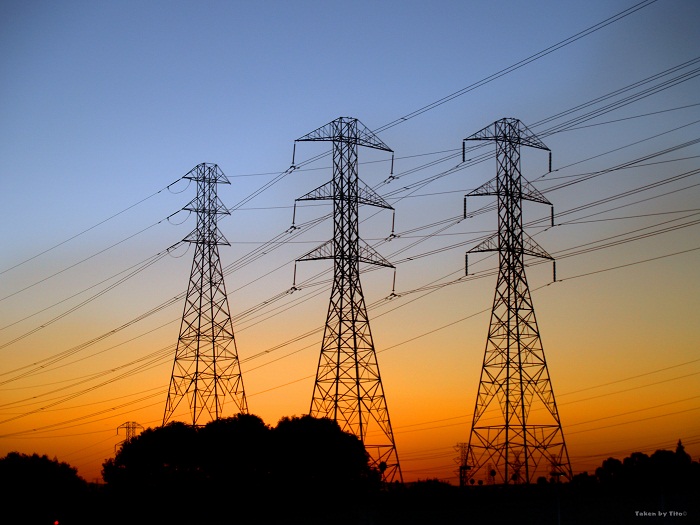Namibia has set aside US $1bn for power generation and transmission projects that are now at different phases across the country. This is in order to achieve self-sustenance when it comes to electricity.
The power generation projects include two solar power plants of 20MW financed by NamPower and Independent Power Producers (IPPs), two wind power project of 40MW and 50MW financed by NamPower and IPPs respectively as well as a biomass and diesel plant.
According to NamPower managing director Kahenge Haulofu, the power utility is also investing in the diesel fuel plant at the port town of Walvis Bay while pushing through a biomass project in the northern part of the country.
“We have so far made significant progress in pre-planning for most of the projects. While other projects are still being dealt with by the central procurement board, others are awaiting environmental assessment clearance and others have experienced slight delays due to the COVID-19 pandemic,” he added.
Also Read: Namibia: Market sounding exercise for Luderitz Wind Power Project
Power generation in Namibia
Namibia’s domestic electricity supply has failed to keep pace with rising demand, and Namibia generates less than half of the energy it consumes. NamPower, the government-owned power utility, operates generation facilities including the Ruacana Hydroelectric Power Station (330MW capacity), the Van Eck Power Station (coal; 120 MW capacity), the Paratus Power Station (diesel; 24 MW capacity), and the ANIXAS Power Station (diesel; 22.5 MW capacity). The generation facilities rarely if ever produce at full capacity. Peak demand is over 600 MW.
Currently, Namibia imports most of its electricity from South Africa and other countries in the region. A special arrangement between NamPower and Eskom, the South African Power utility, enables Namibia to buy and utilise the surplus energy from SA at affordable rates. NamPower and Namibia are left with no option but to look at alternative power generation sources. The alternatives that are receiving renewed focus are the Kudu Gas-to-Power Project and the Epupa Baynes.

